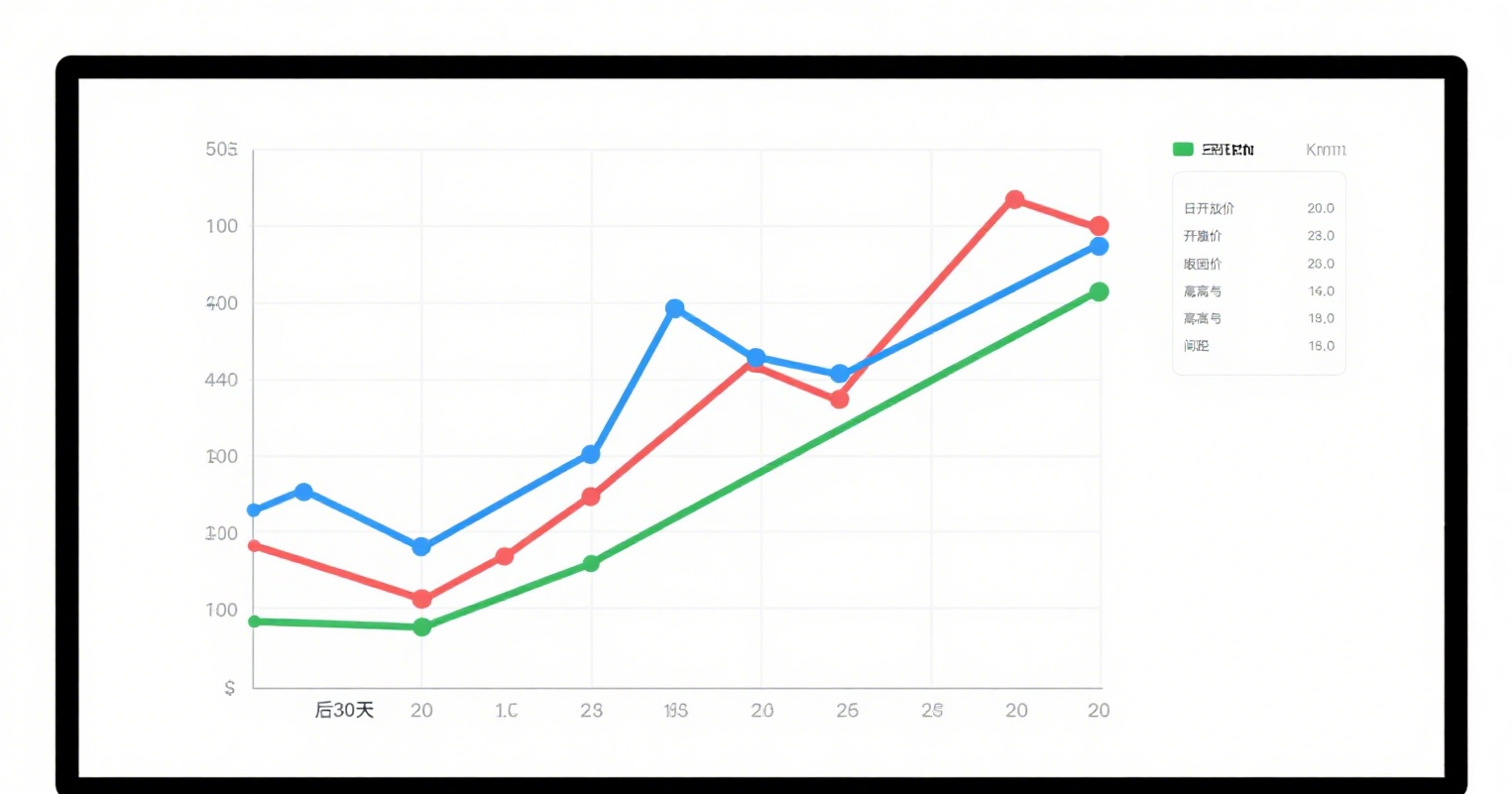
How Is Forex Spread Calculated?
How is the forex spread calculated? Let’s break it down.
A pip (percentage in point) is the smallest price movement in forex, typically 0.0001 for most currency pairs (except JPY pairs, where it’s 0.01). Traders use pips to calculate profit/loss and manage risk.
1. What Is a Pip?
A pip is the smallest price change in forex. For most pairs (e.g., EUR/USD), 1 pip = 0.0001. For JPY pairs (e.g., USD/JPY), 1 pip = 0.01.
Many trading platforms now quote prices to 1/10th of a pip (e.g., 0.00001), narrowing spreads. This benefits traders, as spreads affect costs and profits.
2. Pip Calculation
As mentioned:
-
EUR/USD:
-
Falls from 1.1460 to 1.1400 = 60 pips down.
-
Rises from 1.1460 to 1.1500 = 40 pips up.
-
-
USD/JPY:
-
Rises from 112.50 to 112.98 = 48 pips up.
-
Pips measure profit/loss. Forex trades in lots or contracts, with definitions varying by platform. For IG:
-
1 mini lot (0.1 lot) = 10,000 units (amplifying price moves by 10,000x).
-
1 pip = 1 unit (i.e., 0.0001 × 10,000 = 1).
-
If your account is USD-denominated, 1 pip ≈ $1.
3. Example: EUR/USD Trade
USD Account:
-
You sell 2 mini lots (0.2 lots) at 1.1460.
-
Price drops to 1.1360, gaining 100 pips/lot (total 200 pips).
-
Since 1 pip ≈ $1, profit = $200.
EUR Account:
-
At exit, 1 EUR = 1.1360 USD, so 1 USD = 0.8803 EUR.
-
Thus, 1 pip ≈ €0.8803, total profit = €176.06 (200 × 0.8803).
Conclusion
Understanding pips helps manage risk/reward ratios. Since lot sizes vary by platform, practice with a demo account before live trading.
















